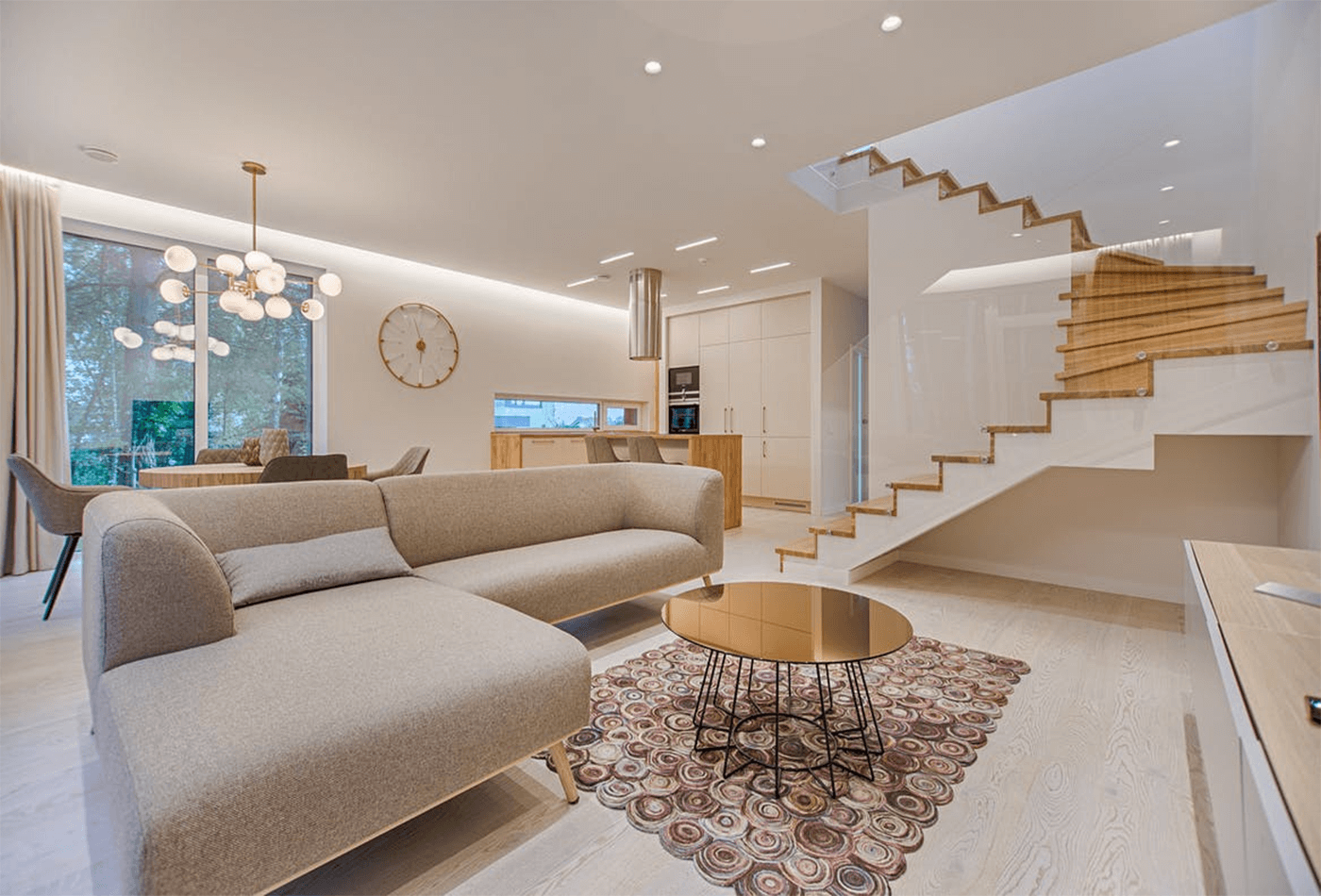Get expert miami interior design for high-end home and office interiors.
Get expert miami interior design for high-end home and office interiors.
Blog Article
Change Your Home With Essential Concepts of Inside Design and Appearances
By understanding the influence of color concept and the relevance of texture and patterns, one can create areas that are not just visually enticing however likewise deeply individual. Achieving this stability entails even more than mere decoration; it includes a calculated arrangement and an eager understanding of exactly how each element interacts within a space.
Understanding Color Theory
Shade theory is a basic facet of indoor style that substantially influences state of mind, understanding, and general visual. Comprehending the principles of color theory enables designers to produce rooms that reverberate mentally with owners while meeting practical demands (interior design firms). Shades can be classified right into 3 main types: main, second, and tertiary. Each group plays an essential role in developing consistency within a room.
The mental impact of colors is extensive; cozy tones such as reds and oranges evoke power and heat, while awesome tones like blues and greens advertise calmness and harmony. Moreover, the use of corresponding shades boosts aesthetic interest, producing striking contrasts that can raise a room's charm.
Neutral shades, on the other hand, function as a flexible background, allowing various other layout components to radiate. It is necessary to take into consideration aspects such as lights and the room's objective when picking a color palette, as these can modify the perception of shades throughout the day.
Eventually, a well-considered color plan can transform a room, promoting a sense of convenience and design that lines up with the residents' preferences. Mastery of shade theory is, as a result, an important skill for any type of interior designer intending to create unified and welcoming settings.
Attaining Equilibrium in Style
Just how can designers accomplish a sense of equilibrium in their rooms? Attaining balance in style is basic to developing unified insides.
Asymmetrical equilibrium, on the various other hand, counts on differing components that still attain a natural look. This method allows for more vibrant and casual arrangements, offering rate of interest while preserving balance. By very carefully choosing differing dimensions, colors, and textures, developers can produce a visually engaging space that really feels balanced yet energised.
Radial balance stresses a central focal point with elements emitting external. This style is generally seen in round layouts, where furnishings and decor develop a cohesive border that draws the eye internal.
Eventually, attaining balance calls for thoughtful consideration of range, percentage, and the connections in between elements. interior design firms. By masterfully applying these equilibrium principles, developers can transform rooms into settings that feel both visually pleasing and functionally unified, boosting the total experience for passengers
Relevance of Spatial Awareness

A keen sense of spatial understanding enables developers to recognize centerpieces within an area, guiding the viewer's interest to vital features while keeping a total sense of unity. It additionally assists in the calculated positioning of lights, which can drastically affect the assumption of room and mood. Moreover, understanding spatial connections makes it possible for the developer to deal with the details needs of occupants, guaranteeing that each location offers its desired purpose without compromising looks.
Inevitably, spatial understanding is crucial for maximizing the capacity of any indoor area. By meticulously taking into consideration the interaction between measurements, layout, and feature, designers can produce atmospheres that not only fulfill useful needs but likewise stimulate a sense of convenience and elegance, improving the total living experience.
Incorporating Structure and Patterns
Welcoming a diverse series of textures and patterns can substantially enhance the visual and tactile allure of an indoor space. The critical use different products-- such as wood, steel, fabric, and stone-- creates depth and rate of interest, making a space really feel click to find out more more inviting and vibrant. Integrating smooth surface areas with harsh appearances can develop a balance that attracts the eye and involves the senses.
When incorporating patterns, think about both range and repetition. Big patterns can offer as centerpieces, while smaller sized, refined designs can enhance other aspects without overwhelming the room. Layering patterns, such as pairing floral cushions with candy striped tosses, adds complexity and a sense of consistency if executed thoughtfully.
It is also important to preserve a natural color scheme, ensuring that structures and patterns interact instead of complete for attention. By selecting a couple of essential appearances and patterns, you can produce a combined visual that reflects your individual style while look at this now boosting the overall ambiance of the space. Ultimately, the mindful incorporation of these components can transform an ordinary space into a sophisticated setting abundant with character and warmth.
Individualizing Your Area
Developing a space that shows your personality is essential to achieving a truly welcoming atmosphere. Customization in indoor style enables you to instill your special design and rate of interests right into your home, transforming it from a plain shelter right into a refuge that speaks with that you are. Begin by selecting a shade combination that resonates with your emotions-- strong shades can invigorate, while soft tones provide harmony.
Incorporate artwork and design that show your enthusiasms, whether it be traveling, nature, or abstract concepts. Showing individual collections, such as books, photos, or keepsakes, can stimulate treasured memories and develop centerpieces within a room. Additionally, consider personalizing useful items, like upholstered furnishings, to line up with your aesthetic preferences.
:max_bytes(150000):strip_icc()/GettyImages-1161177015-f1de4ba58a6c4f50969d9119d80405a6.jpg)
Conclusion
In conclusion, the change of a home via the essential concepts of interior layout and aesthetic appeal requires a comprehensive understanding of shade theory, equilibrium, spatial awareness, structure, and personalization. Each element adds substantially to creating a harmonious and functional living environment - interior design firms. By thoughtfully integrating these principles, individuals can enhance the aesthetic allure and emotional vibration of their rooms, inevitably promoting a home that shows company website special identities while providing convenience and practicality
Report this page